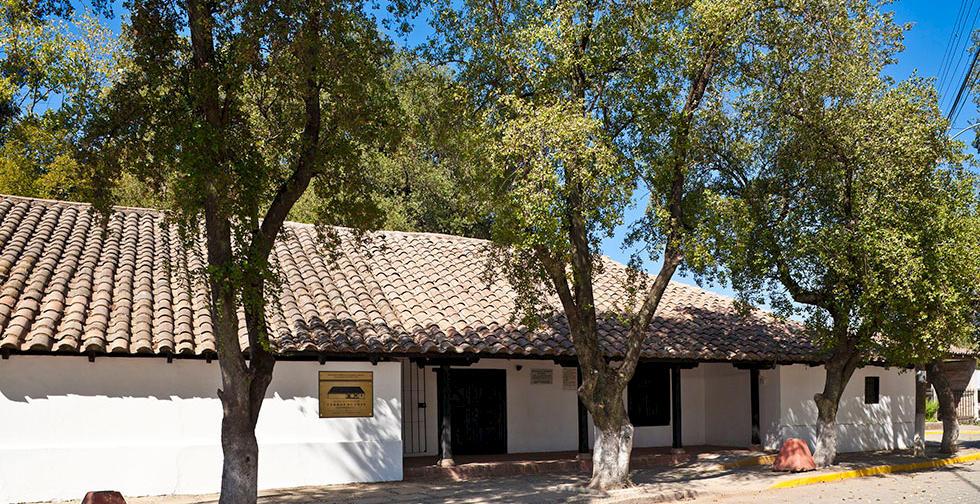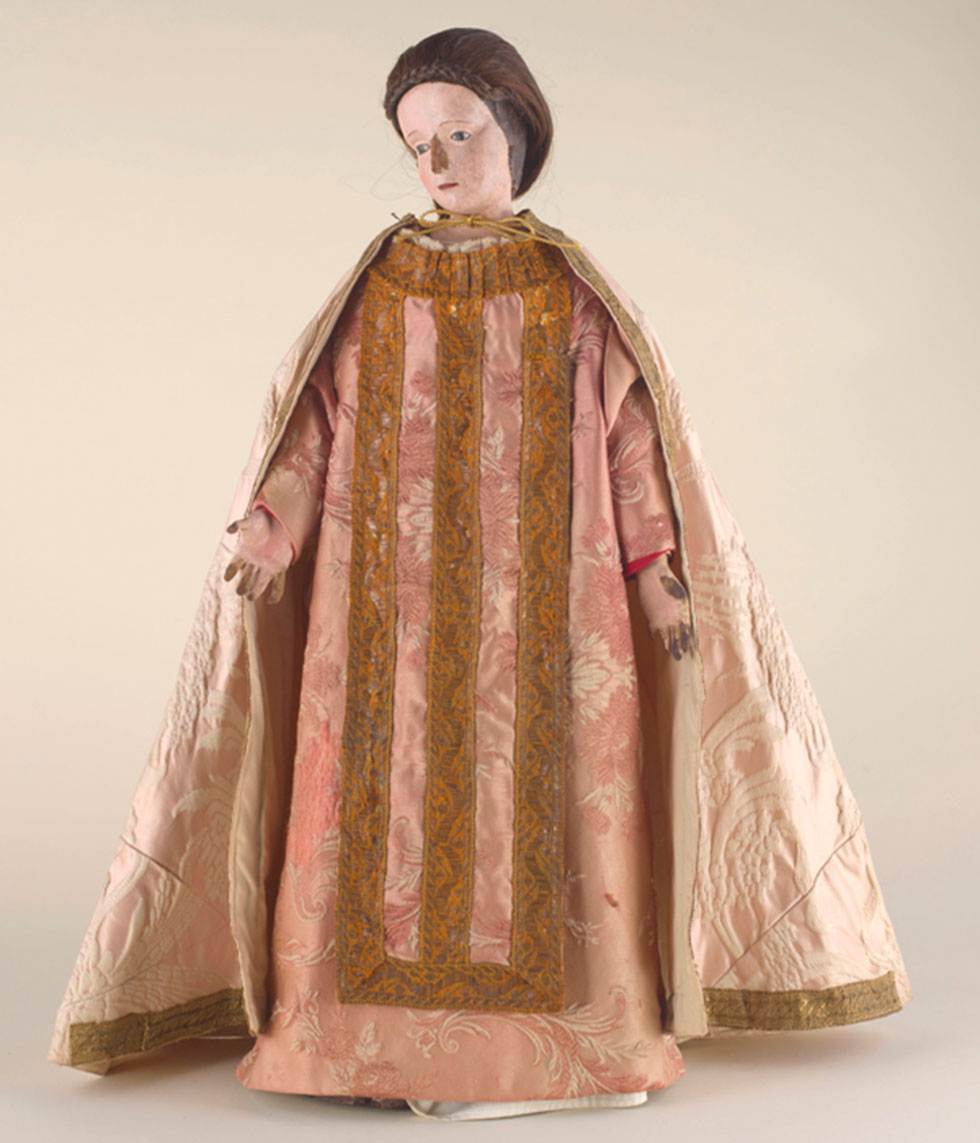
Services:
- Guided visits
Opening times:
Admission:
About the institution
Located 12 km from the city of Linares in central-southern Chile’s Maule Region, Yerbas Buenas (which can be roughly translated as “Good Herbs”) is a prime example of Colonial Chilean architecture. Despite its recent growth, it retains the atmosphere, as well as the buildings, of a rural town of that time.
The Museum, which opened in 1976, is small. However, its choice exhibits are eloquent about daily, social, cultural and religious life in the area.
The building
The building in which the Museum is housed is known as the “House of Brigadier Pareja” after Spanish Brigadier Antonio Pareja who lodged there in 1813 on the eve of a battle in Chile’s fight for independence that is known as the “Surprise of Yerbas Buenas”.
The house still conserves the characteristics of rural Colonial architecture: adobe walls, brick flooring, ceilings made of bamboo tied with leather, visible beams and a roof of clay tiles. The house was owned by the local Contreras family – about which little is known – until 1942 when it was sold to the Yerbas Buenas municipal government.
Inside the Museum

Eighteenth-century woodcarving of the Girl Virgin.
The Museum’s collection of some 360 pieces includes religious imagery, archaeological specimens, craftwork, weapons, furniture, watercolors and photographs. Most of the items have been donated by the Yerbas Buenas community itself.
The permanent exhibition covers four principal topics:
- Social life. As well as furniture and other household items, this display case includes the first radio to reach Yerbas Buenas. It was installed facing the main square so that the town’s inhabitants could listen to the news.
- Daily life. The dressing table, with its wash bowl and jug, and travel trunk shown in this case illustrate daily life towards the end of the nineteenth century.
- Music. Musical gatherings were one of families’ key forms of entertainment towards the end of the nineteenth century and into the twentieth century. This display case includes a violin dating back to the late nineteenth century that belonged to a member of the Philharmonic of the nearby city of Talca.
- Religiosity. Religion was one of the pillars of Colonial life and the Museum’s collection includes a life-size polychrome carved wood Christ on the crucifix from the seventeenth century. It is said to have been brought from Spain after the conquest but it is also possible that it was made locally in the Spanish style.
Don’t miss
The Virgen Niña (Girl Virgin). This eighteenth-century woodcarving of the Virgin, which remains an object of local devotion today, originally belonged to a family chapel on a farm near Linares. When it was burnt in a fire, local workers buried it to prevent the family from throwing it away. Years later, it was found by other workers and taken to an old people’s home and, finally, to the Museum.

